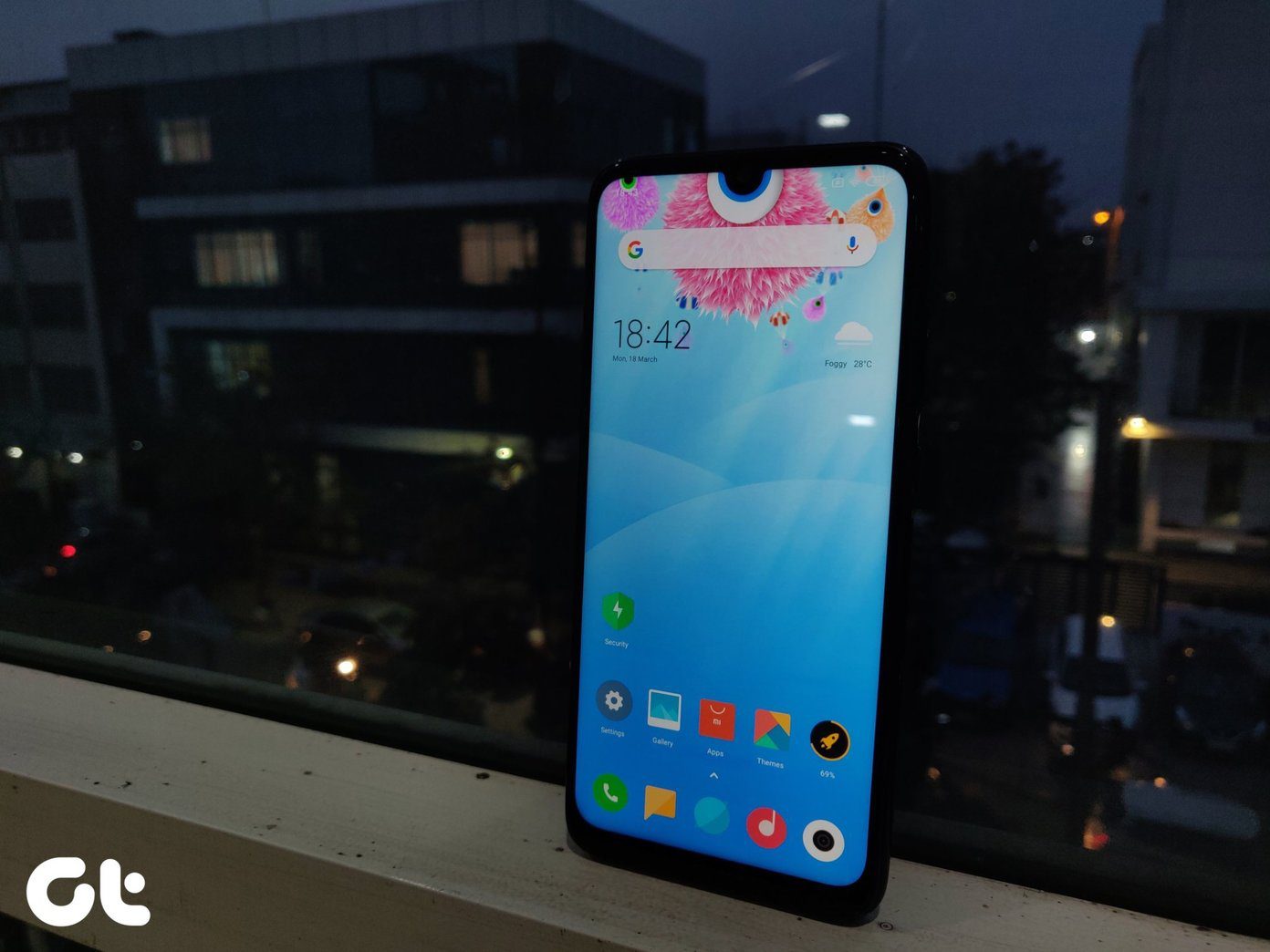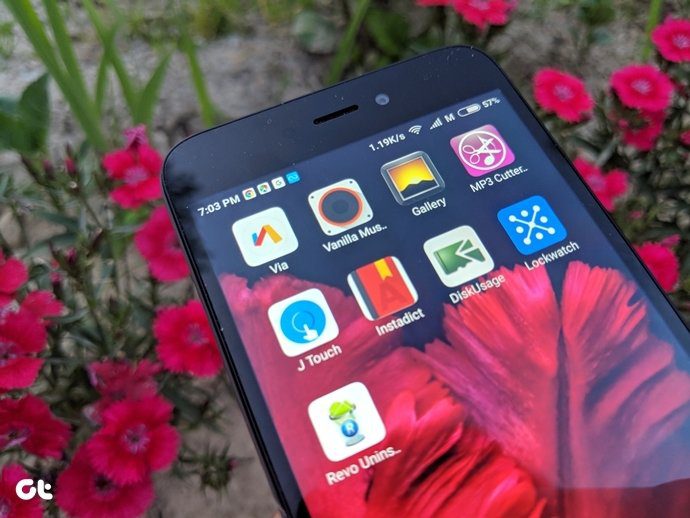Today, we’ll debunk the myths about smartphone batteries. You might already be aware of a couple of these, but why take a chance, right?
1. Charging Overnight Destroys Battery Life
This was a fact which held true for the earlier smartphones — they would overheat if left plugged in for too long. Thankfully, the modern smartphone and its components — battery and charger — can effectively control the power management. In fact, when a phone is fully charged, the internal circuit will be cut off and will only begin charging again once the battery level drops below 100%. And if you are wondering if the aforementioned method — trickle charging — of charging is dangerous to your smartphone’s battery life, then be assured that it isn’t. Trickle charging is actually less harmful than the normal discharging process. On the same note, people advising against talking while a phone is charging are also referring to a myth. But then, do keep in mind that the phone case/cover is built to absorb the heat that is generated while charging otherwise that might lead the device to overheat. And that brings us to the second myth…
2. I can Leave the Charger on Forever
Well, practically yes, you can. If you don’t love your cell phone at all or you change your devices too often. But if you care for a longer life of your battery, then the best way to charge is not going over 80 or below 10. In fact, charging your battery to 80% on a regular basis is shown to increase its life by 200%. So do make sure that you maintain the sweet spot of the battery — 10% and 80%, with an occasional 0% discharge to calibrate the battery life.
3. Closing Apps will Save Battery
If you are one who swears by the mantra that closing apps will improve battery (and performance), then you are in for some news. The fact is closing apps does more harm than good. Chances are that you might actually end up draining more battery juice in the process. Closing an app suddenly might result in losing data. Also if the phone needs to restart the app again, that will require more CPU resources and hence, more battery.
4. Letting the Battery Drain to 0% Every Day
This again is a tale from the ancient days of Nickel Cadmium batteries of the 80-90s. Nickel cadmium batteries had the memory effect, which essentially gave rise to this myth. After these batteries were recharged for a couple of times, they would forget their full capacity and eventually weren’t able to hold the charge. The discharging was done to reset the ‘memory’. The Lithium-ion batteries used nowadays have a smarter way of power management. It counts a cycle when you have used 100% of the battery in multiple uses. For instance, if you used 40% today, and 20% on two consecutive days then only it would call for one cycle.
5. 4G Drains the Battery Faster
It’s true that radio signal consumes lesser resource than cellular data. However, that should never be the cause of your battery life going for a dive. If you have a good quality SIM from a reliable operator, then it shouldn’t be the cause of a meltdown. The problem arises when the SIM is damaged or you are in an area wth spotty connections. In order to give you the best service, a bit more power is used.
6. A 5000 mAh Power Bank will Yield 2 Full Charges
Often it’s assumed that a 5000 mAh power bank will be able to yield 2 full charges for your 2500 mAh battery. How did we arrive at the conclusion? Simple, just dividing the capacity by the full power. But that’s not how simple as it seems. The catch is the voltage at which it charges. The power rating of a power bank is calculated at 3.7 volts whereas the phone charges at 5 volts. Only when a step down in the voltage is made, that the right number of charge cycles can be determined. So, the next time you are on a lookout for a power bank, do make sure to do the math.
7. Charging Through a Laptop may Damage the Battery
Again a misconception, charging a phone through a laptop will only yield a slower charge and nothing more. This won’t harm the battery in any way. The same holds true for your car’s charging port as well.
That’s a Wrap!
These were some of the myths that often trouble the modern smartphone owners and we hope that we helped to clear some of the myths. True as much as these may sound, it’s a good practice to have the facts cleared before we jump into any conclusion. And that shouldn’t just limit itself to smartphone batteries only. Also See: How to Check a Windows Laptop’s Battery Health The above article may contain affiliate links which help support Guiding Tech. However, it does not affect our editorial integrity. The content remains unbiased and authentic.














